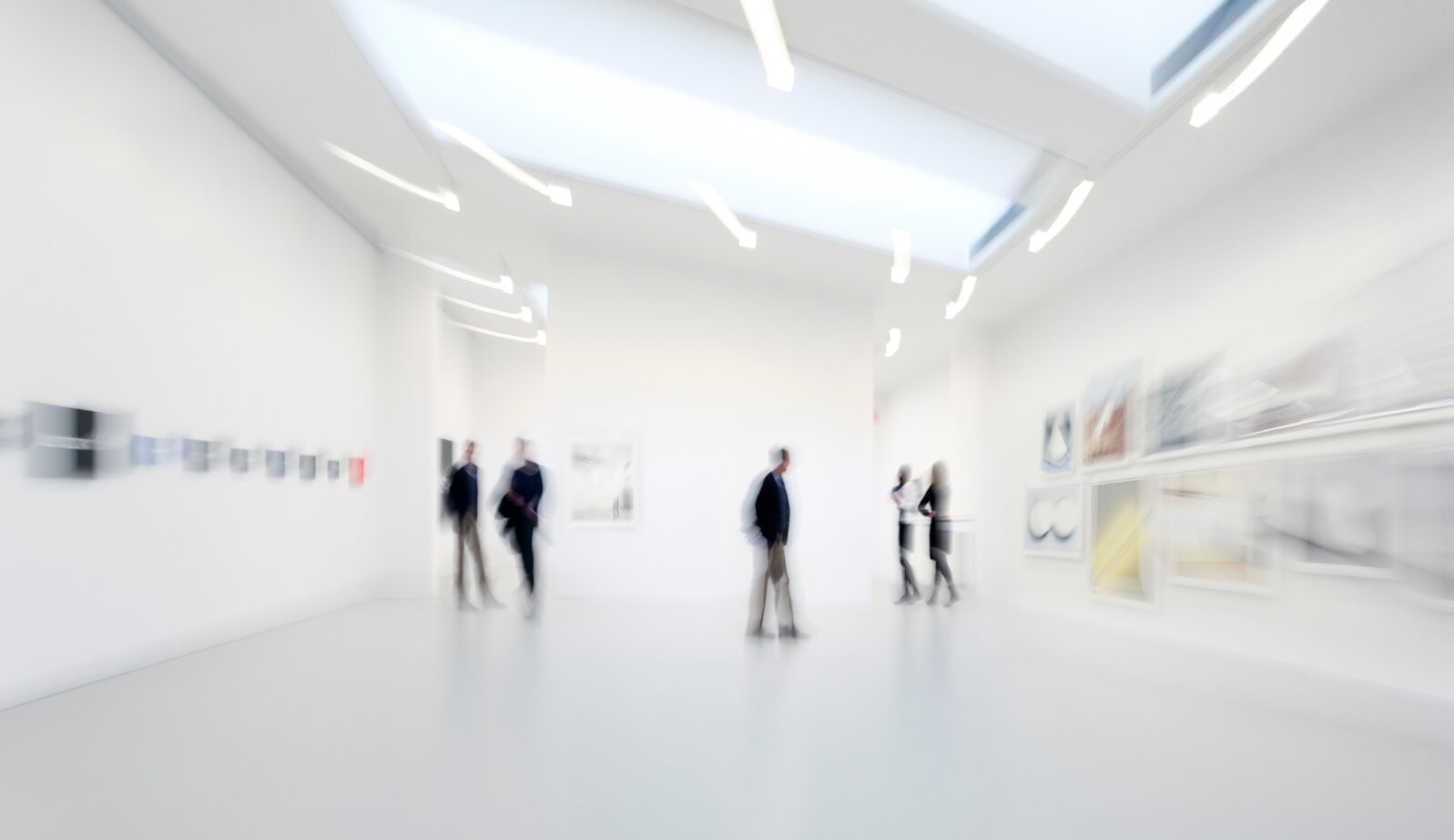Why AI Can’t Create Genuine Beauty
AI, though a helpful tool in certain contexts, cannot replace the intentionality and creativity of the human person.Discussions about the encroachment of AI in the arts and humanities have soared in the last year, thanks primarily to the advent of technologies like ChatGPT and text-to-image tools like Midjourney and DALL-E. The conversation is surely merited. Everything from academic integrity in universities and copyright for artists is at stake here as “generative AI” only improves.
While fighting for the human voice in a context where the instant and automated is preferred, maybe it’s necessary to also ask what developments in our cultural history made these technologies so welcome. Why is AI so quickly finding a cozy spot in our society? Why did our technological landscape seem to have already set the mold for AI to fill?
A satisfying answer to this is way too complicated for a short article, of course, but I recently found a helpful and illuminating video on this issue from Dr. Jordan Cooper, a theologian and philosopher who has spent a significant amount of his time studying aesthetics, the study of beauty.
Can AI Compete with Picasso?
Cooper asks a straightforward question: Can AI create beauty? He notes that AI tools, which he’s personally used, can enhance and aid humans in the act of creating. The problem arises when we use AI to do all the creating for us. That’s when we may look at the result and wonder, “Is this good? Is this true? Is this beautiful?”
Cooper also importantly reminds us that this issue has so much to do with questions of authorship and “intentionality.” If the author’s intentions for the work in question have no bearing on its interpretation, then it seems to follow that AI artwork or AI-generated texts should be regarded as valid carriers of beauty and meaning. However, that’s assuming that the human creator is not implicated at all with the creation. So, by that reasoning, art is no longer an act of communication between persons, but a disembodied “object” dependent on the whimsical, relative perspective of the interpreter. This is “poststructuralism,” the view that mediums like language can’t actually connect us to any real meaning or truth.
I appreciated especially Cooper’s comment that beauty “comes from a mind.” Experiences of the beautiful make no sense within a purely materialistic conception of the universe. If our experiences are all just brain chemicals responding to different gradations of light, it would seem nigh impossible to defend beauty. But, if we concede that mind, not just matter, are given realities, then our experiences of a beautiful piece of art or a compelling novel make more sense. I urge readers to watch the full video below and consider why AI, though a helpful tool in certain contexts, cannot replace the intentionality and creativity of the human person.
